Ever wonder what cavitation surgery looks like? What does the surgeon find in those holes anyway? These pictures are ‘parting gifts’ I took home to look at under the microscope after 3 recent cavitation surgeries. Not pictured here are things that got sucked up in Mr. Slurpee: “yellow liquid”, “orange liquid”, “brown goo”.
According to one oral surgeon, it is not uncommon to find worms or parasite eggs in cavitations. He has told me that he sees about 1 live worm per month on average out of about 32 total surgeries per month.

The worm hole in the bone was actually quite beautifully carved and smooth.
Here’s what the site looks like a few days after surgery:
The surgeon goes in from the cheek side, not the top. This makes the cheek and jaw a little sore for the 1st week after surgery.
Articles complementary to this one include Cavitation Surgery, Root Canal Infection, and Hidden Dental Infections.
If anyone has live cavitation worms or other cavitation pictures to share in this article, feel free to send them over.
Was this information useful? If so, please consider donating to keep this site alive.
Last Updated:

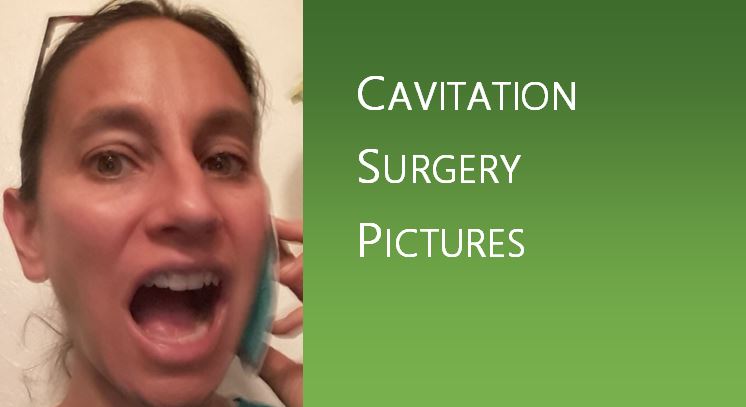

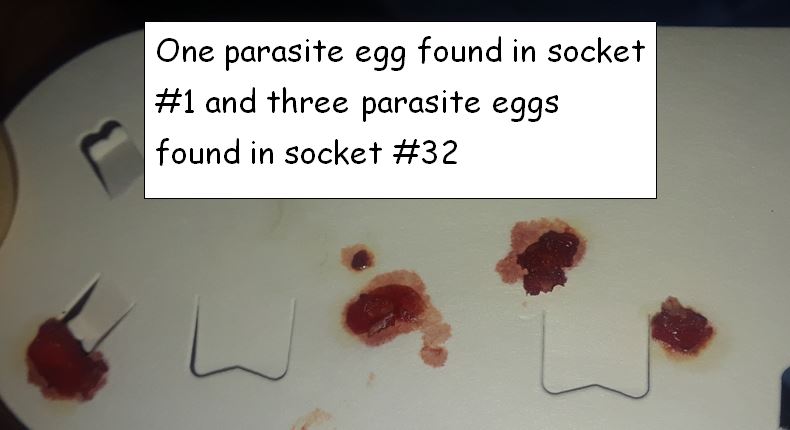
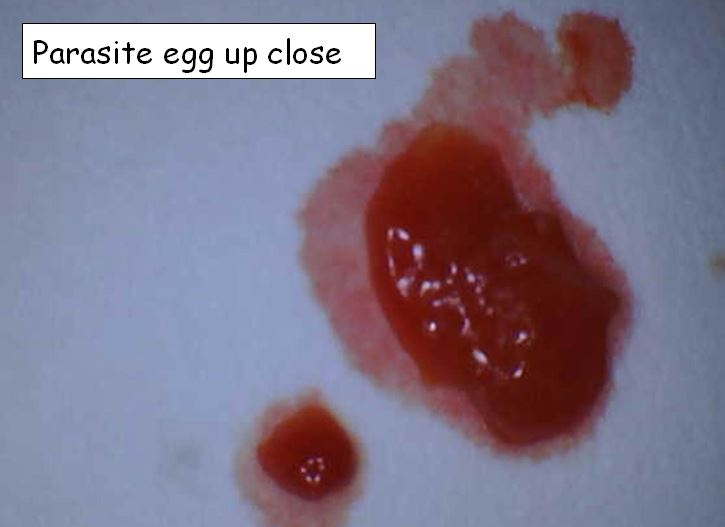
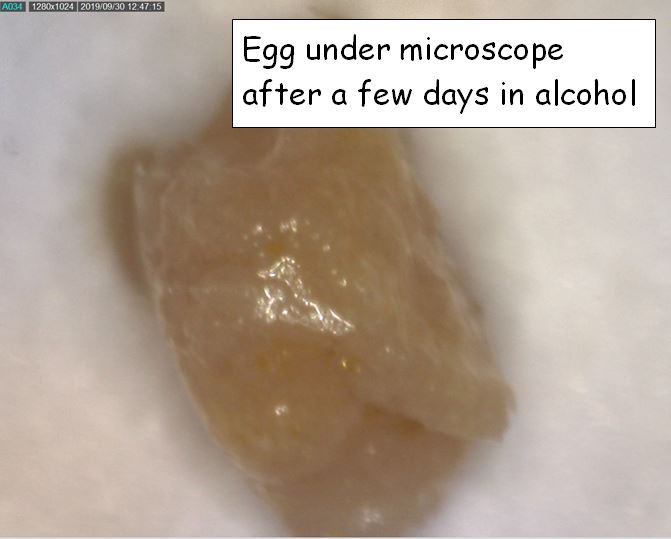
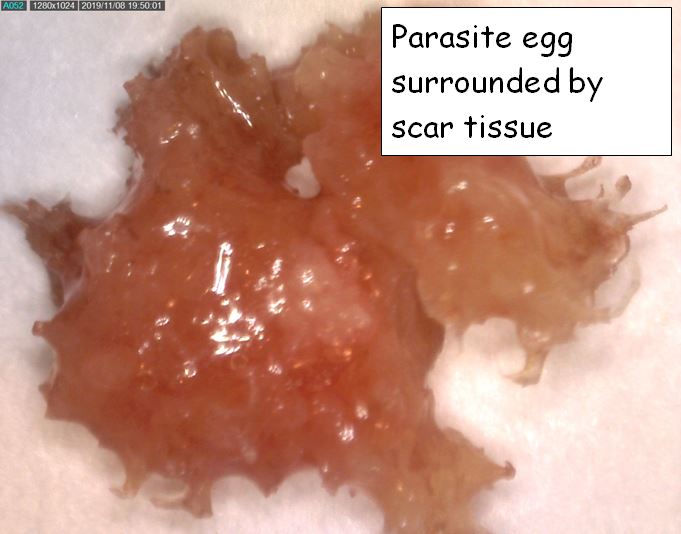
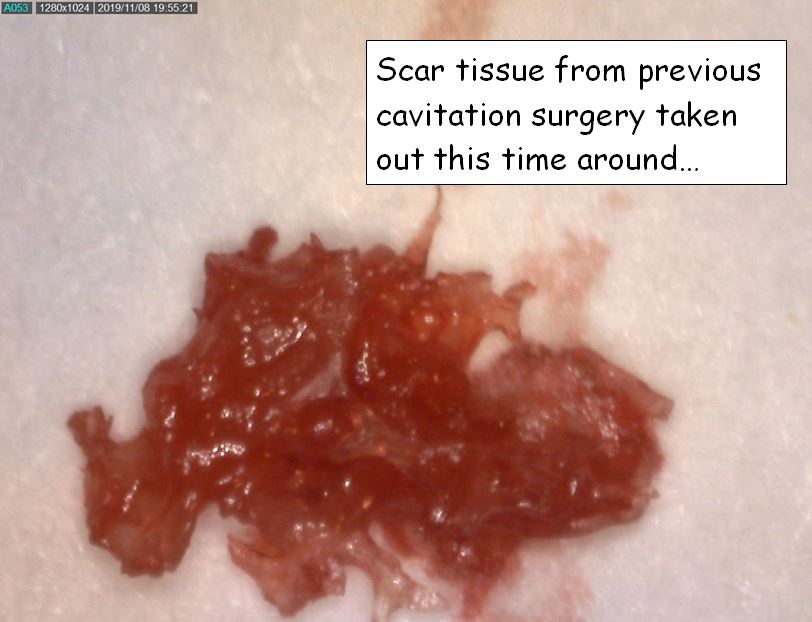
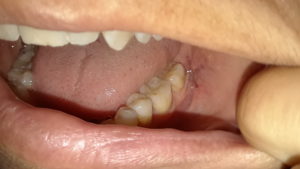
Hi Susan. I just wondered how recent the surgery was. I know you had surgery some time ago – have you had surgery since?
Great question. Here’s the summary:
April 2014 – #1, #32, #16, #17 with Moreland in St. Louis – unsuccessful
April 2015 – #16 with Jarvis in Santa Rosa -successful – needed ozone injections after surgery, but it was successful
Sept 2019 – #1, #32 with Jarvis in Mill Valley – successful (so far) – no ozone injections needed, only parasite medications
Nov 2019 – #17 with Jarvis in Mill Valley – successful (so far) – no ozone injections needed, only parasite medications
The 2015 surgery I would have done immediately, but Jarvis won’t touch a cavitation site again until at least 1 year has passed. It took a while for the infections in the other teeth to build up enough that I was muscle testing to have them done. Hence the gap between 2015 and 2019. Hope that helps.
Hi Susan,
you said, no ozone injection needed, only parasite medications.
Does it mean, that after-surgery ozone injection can be replaced by the parasite medications in your post surgery list?
Thanks
Please note that I have updated the content in the Cavitation Surgery article and the checklist:
http://fbd.dfq.mybluehost.me/wp-content/uploads/2016/08/Cavitation-Surgery-Checklist-r4.pdf
http://fbd.dfq.mybluehost.me/cavitation-surgery/
This reflects my experience that sometimes ozone isn’t needed, and sometimes parasite (worm) medications are. Or perhaps both. Or perhaps neither. It depends on the individual case. This is why the muscle testing and debugging skill are so important. This website can perhaps give some ideas and inspirations, but not a one-size-fits-all protocol. Hope that helps!
Thanks Susan – it makes complete sense. If only Jarvis could have done mine (I live in the UK and he won’t treat people from other countries) I might not have had to go through my rather difficult journey. That said, things are a lot better than they were. I attribute this to things like diet, high dose vitamin C, ozone, red light therapy, FIR saunas, PEMF and – very importantly – low intensity pulsed ultrasound. I believe the latter has been a game changer for me, having started it this February. My entire jaw was infected but the pain is very much reduced and the jawbone is hardening. It’s taken time and diligence but I am pleased with progress. Hope this last surgery resolves any further issues.
I just had my cavitations surgery today! Ironically also with Dr. Jarvis in Mill Valley. He found several parasite eggs in my cavitations (1, 16, 32) with a huge one being in #32 on my lower right law. He’s sending the infection and eggs to a lab for examination and I can post that here if you like once I get them. I had his assistant actually take a video during my lower jaw cavitation procedure so shocking and stomach turning to see the large egg and knowing that was in my jaw for years maybe even decades?!